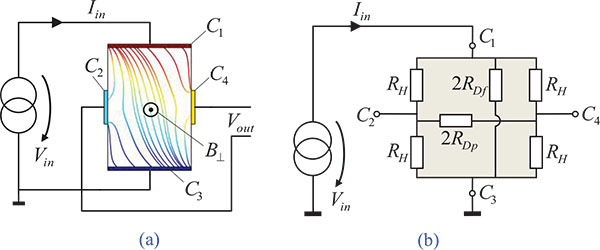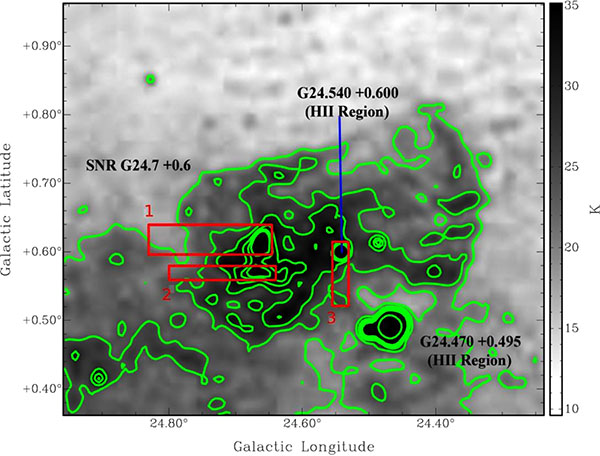RESEARCH ARTICLE
Study of Optical Constants of ZnO Dispersed PC/PMMA Blend Nanocomposites
Shalini Agarwal1, Y. K. Saraswat2, Vibhav K. Saraswat1, *
Article Information
Identifiers and Pagination:
Year: 2016Volume: 3
First Page: 63
Last Page: 72
Publisher Id: PHY-3-63
DOI: 10.2174/1874843001603010063
Article History:
Received Date: 4/5/2015Revision Received Date: 28/9/2015
Acceptance Date: 26/10/2015
Electronic publication date: 26/08/2016
Collection year: 2016
open-access license: This is an open access article licensed under the terms of the Creative Commons Attribution-Non-Commercial 4.0 International Public License (CC BY-NC 4.0) (https://creativecommons.org/licenses/by-nc/4.0/legalcode), which permits unrestricted, non-commercial use, distribution and reproduction in any medium, provided the work is properly cited.
Abstract
Present research work deals with the optical study of Zinc Oxide (ZnO) dispersed Polycarbonate/Polymethylmethacrylate (PC/PMMA) blend nanocomposites. ZnO nanoparticles have been prepared by simple chemical route and their average size has been confirmed by Transmission Electron Microscopy (TEM). The average particle size of the nanoparticles has been found to be ~11 nm. Formation of PC/PMMA blend nanocomposites has been confirmed by means of X-ray Diffraction (XRD). Absorption spectra, recorded using UV-Visible spectrophotometer, have been used to determine optical constants such as band gap, extinction coefficient, refractive index and real & imaginary part of dielectric constant. It has been found that band gap decreases as ZnO wt% increases in the blend nanocomposites. Lowest band gap has been found for PC25%/PMMA75% with ZnO 3 wt% blend nanocomposite. Increase in refractive index has also been found with increasing ZnO content. These types of blend nanocomposites have applications in UV-shielding and wave guide technologies.












